Understanding International Logistics: A Crucial Aspect of Global Trade
 In an era where the world has become a tightly interconnected global village, international trade has surged, creating a need for efficient and reliable international logistics. The movement of goods across borders involves a complex web of processes and coordination known as international logistics, a critical aspect of supply chain management.
In an era where the world has become a tightly interconnected global village, international trade has surged, creating a need for efficient and reliable international logistics. The movement of goods across borders involves a complex web of processes and coordination known as international logistics, a critical aspect of supply chain management.
Understanding International Logistics
International logistics encompasses the planning, organization, and execution of the flow of goods, services, and information across borders. It goes beyond the traditional logistics processes of transportation and warehousing to include customs clearance, documentation, regulatory compliance, and coordination among various stakeholders.
Key Components of International Logistics
1. Transportation
Transportation is the backbone of international logistics. Whether by air, sea, road, or rail, choosing the right mode of transport depends on factors such as the nature of the goods, urgency, cost considerations, and destination. Each mode comes with its own set of challenges and advantages, requiring careful consideration in the logistics planning process.
2. Customs Clearance
Navigating the complex landscape of customs regulations is crucial for the smooth movement of goods across borders. Customs clearance involves the preparation and submission of documentation, payment of duties and taxes, and compliance with import and export regulations. Efficient customs clearance is essential to prevent delays and ensure the timely delivery of goods.
3. Warehousing and Distribution
Strategically located warehouses play a pivotal role in international logistics. They serve as storage facilities for goods in transit, allowing for consolidation, deconsolidation, and distribution. Effective warehouse management ensures that goods are in the right place at the right time, optimizing the overall supply chain.
4. Risk Management
International logistics is not without its risks. From geopolitical uncertainties and natural disasters to supply chain disruptions, managing risks is a critical aspect of logistics planning. Companies involved in global trade must implement robust risk management strategies to mitigate potential challenges and safeguard their supply chains.
5. Technology Integration
The digital revolution has significantly impacted international logistics. Advanced technologies such as IoT (Internet of Things), blockchain, and AI (Artificial Intelligence) are being increasingly integrated to enhance visibility, traceability, and efficiency. Real-time tracking of shipments, predictive analytics, and automated processes contribute to streamlined logistics operations.
Challenges in International Logistics
While international logistics opens up vast opportunities for businesses, it also presents challenges that must be navigated adeptly:
1. Regulatory Compliance
Navigating the intricacies of diverse and ever-changing regulations poses a significant challenge. Companies must stay abreast of trade laws, tariffs, and compliance requirements in different countries to avoid legal issues and delays.
2. Cultural and Language Barriers
Effective communication is essential in international logistics. Dealing with diverse cultures and languages requires clear and concise communication to ensure accurate understanding and execution of logistics processes.
3. Infrastructure Variability
Differences in transportation infrastructure, from port facilities to road networks, can impact the efficiency of logistics operations. Adapting to variations in infrastructure is crucial for successful international logistics management.
What are the international transportation methods?
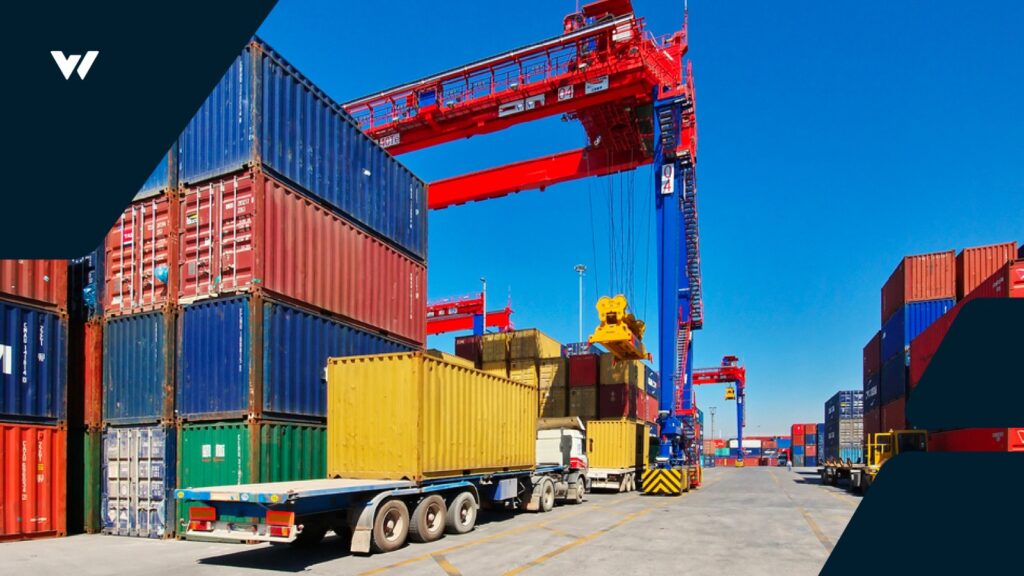 International transportation involves moving goods or people across borders, and various methods are employed to facilitate this process. The choice of transportation method depends on factors such as the type of goods being transported, the destination, urgency, and cost considerations. Here are some common international transportation methods:
International transportation involves moving goods or people across borders, and various methods are employed to facilitate this process. The choice of transportation method depends on factors such as the type of goods being transported, the destination, urgency, and cost considerations. Here are some common international transportation methods:
- Ocean Freight:
- Description: Shipping goods via cargo vessels on oceans and seas.
- Advantages: Cost-effective for large shipments, suitable for bulky or heavy goods.
- Considerations: Longer transit times, but containerization has improved efficiency.
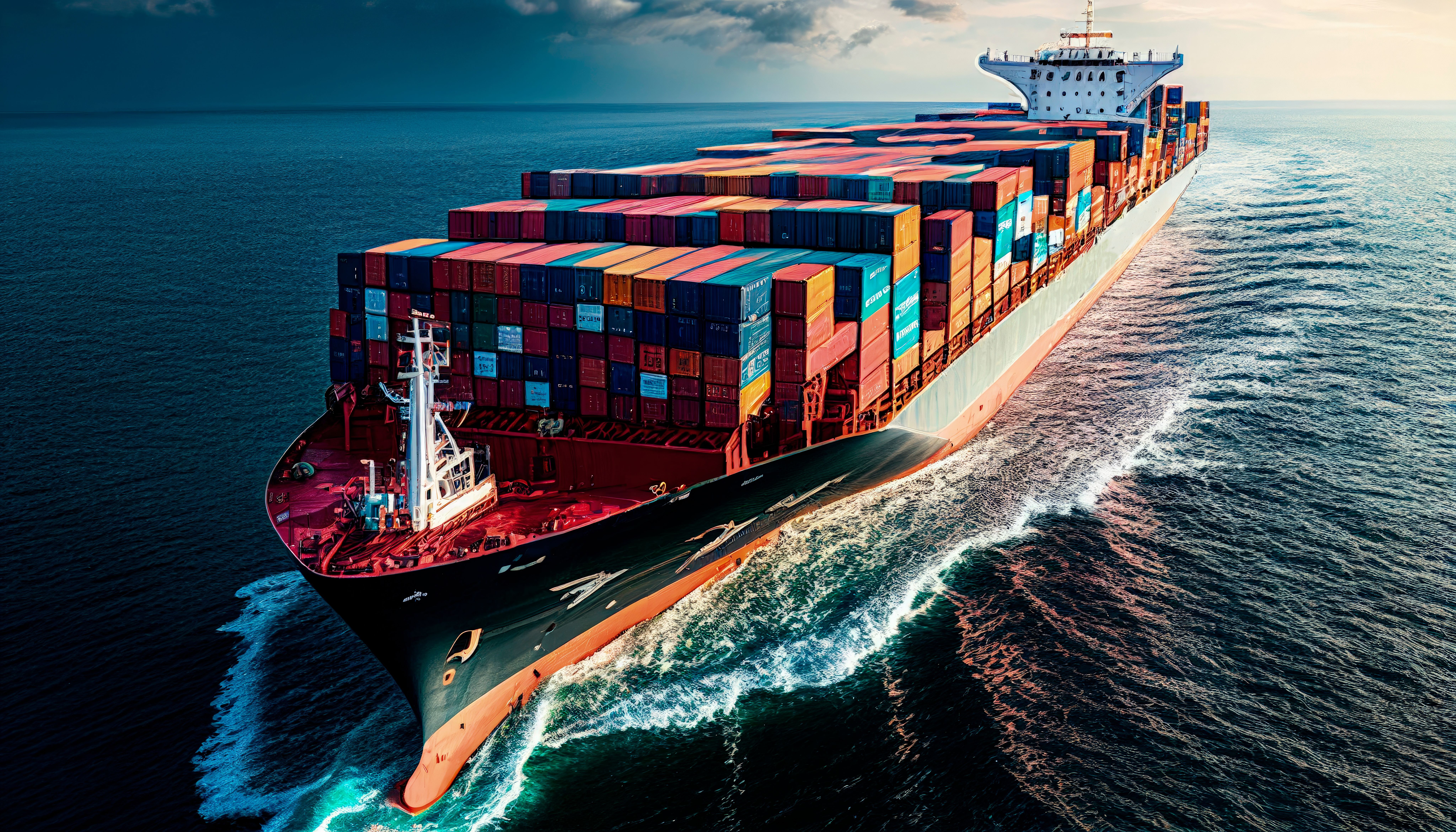
- Air Freight:
- Description: Transporting goods by aircraft.
- Advantages: Fast delivery, ideal for perishable or high-value goods.
- Considerations: Generally more expensive than ocean freight, limited cargo capacity.
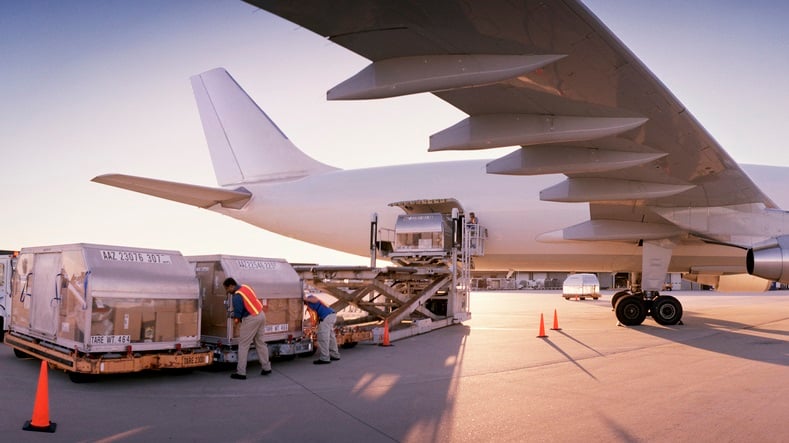
- Road Freight:
- Description: Transportation of goods by road, often using trucks or lorries.
- Advantages: Flexible and suitable for short to medium distances.
- Considerations: Dependent on road infrastructure, may face delays at border crossings.

- Rail Freight:
- Description: Moving goods by train.
- Advantages: Energy-efficient, suitable for long distances over land.
- Considerations: Limited flexibility compared to road transport.

- Intermodal Transportation:
- Description: Combining multiple modes of transportation (e.g., truck, train, ship) in a single journey.
- Advantages: Maximizes efficiency by leveraging the strengths of different modes.
- Considerations: Requires coordination between different carriers and modes.
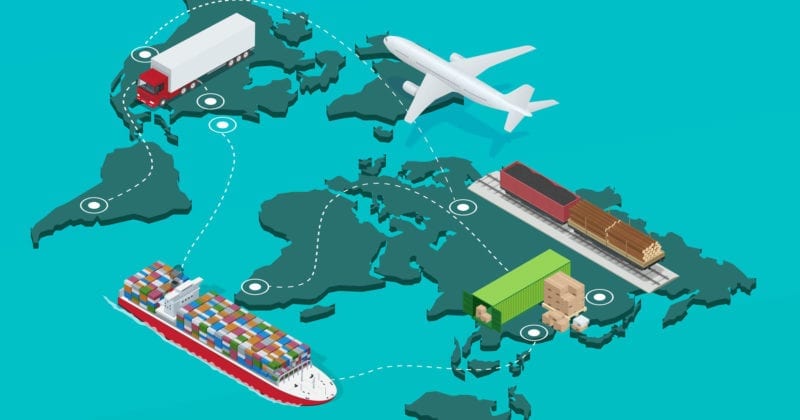
- Pipeline Transportation:
- Description: Transporting liquids or gases through pipelines.
- Advantages: Efficient for certain types of goods, continuous flow.
- Considerations: Limited to specific types of cargo, significant upfront infrastructure investment.

- Courier Services:
- Description: Express parcel and document delivery services.
- Advantages: Fast and reliable for smaller shipments.
- Considerations: Higher cost for larger or heavier items.

- Inland Waterway Transportation:
- Description: Moving goods on rivers, canals, or lakes.
- Advantages: Cost-effective for certain types of cargo, environmentally friendly.
- Considerations: Limited to areas with navigable waterways.

- Multimodal Transportation:
- Description: Combining different modes of transportation under a single, integrated solution.
- Advantages: Enhances flexibility, efficiency, and reliability.
- Considerations: Requires coordination and cooperation between different carriers.
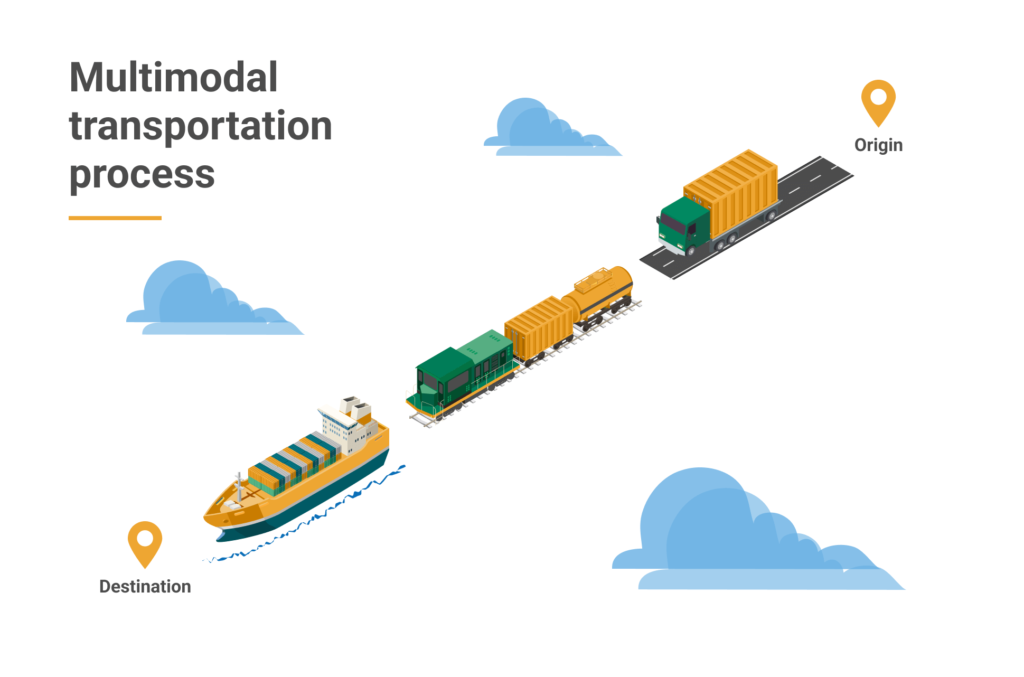
- Digital Platforms and E-commerce Logistics:
- Description: Leveraging digital platforms and e-commerce logistics for efficient international deliveries.
- Advantages: Enables real-time tracking, transparency, and streamlined processes.
- Considerations: Dependence on technology and data security.
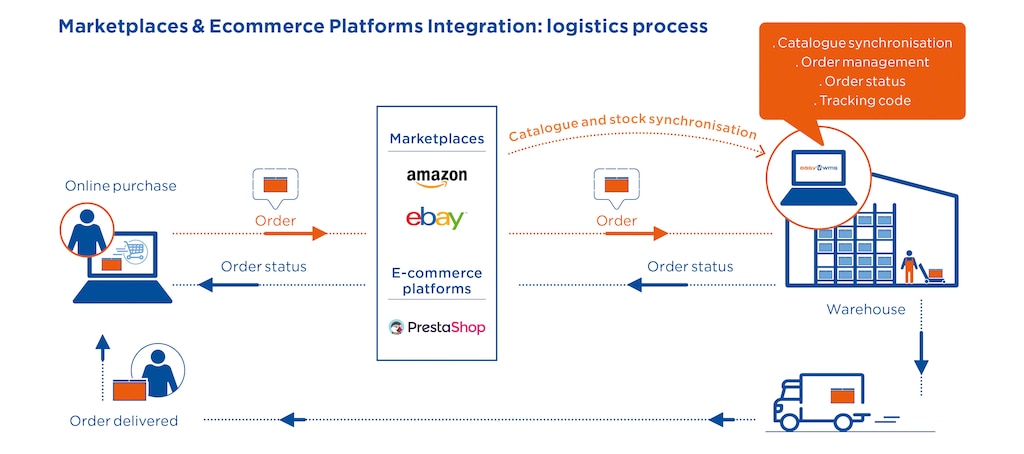 The choice of transportation method is a crucial decision in international logistics, and it often involves a trade-off between factors such as speed, cost, and the nature of the goods being transported. Additionally, advancements in technology and infrastructure continue to shape and improve international transportation methods.
The choice of transportation method is a crucial decision in international logistics, and it often involves a trade-off between factors such as speed, cost, and the nature of the goods being transported. Additionally, advancements in technology and infrastructure continue to shape and improve international transportation methods.
The Future of International Logistics
 As technology continues to advance, the future of international logistics holds exciting possibilities. Automation, data analytics, and sustainability initiatives are expected to play a central role in shaping the landscape of global supply chains. Companies that embrace innovation and agility in their logistics strategies will be better positioned to thrive in the dynamic world of international trade.
As technology continues to advance, the future of international logistics holds exciting possibilities. Automation, data analytics, and sustainability initiatives are expected to play a central role in shaping the landscape of global supply chains. Companies that embrace innovation and agility in their logistics strategies will be better positioned to thrive in the dynamic world of international trade.
In conclusion, international logistics is a multifaceted discipline that demands meticulous planning, adaptability, and a deep understanding of global trade dynamics. With the right strategies and technologies in place, businesses can navigate the complexities of international logistics and unlock the vast potential of the global marketplace.
My next article will be about international payment methods.
See ya







































